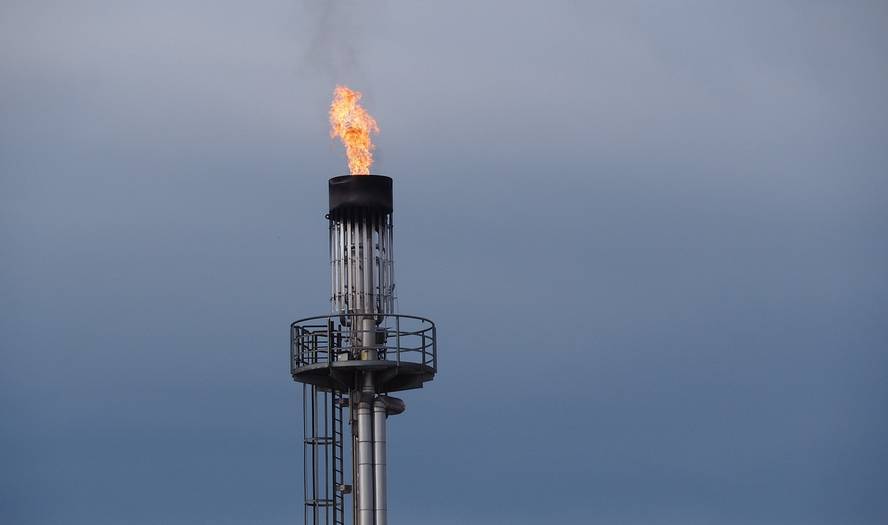Methane emissions rise faster than ever
The concentration of methane in the atmosphere has increased more than ever in the last five years and two thirds of the methane that is poured into the atmosphere now comes from human activities such as the use of fossil fuels, livestock or landfills. These results have been found in a paper that has just been published in the journal Environmental Research Letters.
After CO2, methane (CH4) is the second most important greenhouse gas. In the 2010 decade, it contributed 0.5 °C to global warming; two-thirds of the CO2 contribution, according to IPCC estimates. Thus, in the Global Methane Pledge (GMP) initiative, more than 150 countries have pledged to reduce methane emissions by 30% over this decade, but we do not seem to be on track to do so, according to the latest estimates.
The research has been conducted by researchers from Global Carbon Project, who have also collected methane data between 2000 and 2020. The report notes that annual methane emissions have increased by 20% over the last two decades. This increase is mainly due to coal mining, the production and use of oil and gas, cattle and sheep farming, and organic waste dumps.
Currently, agriculture and livestock are the main source of anthropogenic methane, accounting for 40%. Fossil fuel activity accounts for 34% of landfill, while landfill and biomass burning account for 19% and 7% respectively.
Researchers have warned that the current trend leads to global warming of over 3ºC by the end of the century, and that the commitment made at Global Methane Pledge needs to be seriously addressed.






